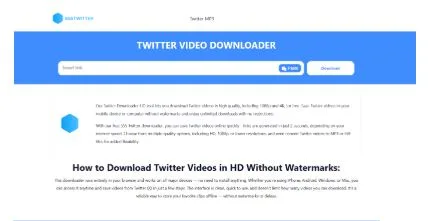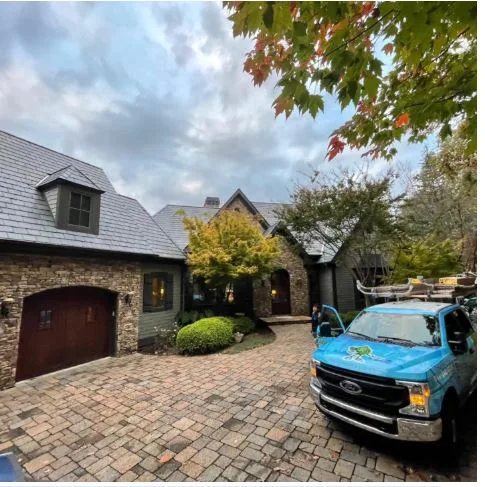FHA Loans in 2025: Updated Rules and Opportunities for Homebuyers
In the United States, government-backed mortgage programs remain an essential pathway to homeownership, particularly for people with modest income or limited credit history. Among them, FHA loans consistently stand out. In 2024, they accounted for nearly 20% of all home purchases, showing that a significant number of buyers rely on this program to enter the housing market.
For those planning a purchase in 2025, an FHA loan can be an affordable and realistic choice. It allows borrowers with lower credit scores or smaller savings to secure financing without the stricter requirements of conventional mortgages. Instead of lending directly, the Federal Housing Administration (FHA), part of the U.S. Department of Housing and Urban Development (HUD), insures these mortgages. That insurance lowers risk for lenders and expands access for qualified applicants.
How FHA Loans Work in 2025
The FHA does not issue mortgages itself but provides insurance that encourages banks and credit unions to approve applicants who might otherwise struggle to qualify. This feature has made FHA loans a mainstay for first-time buyers, families with limited income, and those recovering from financial setbacks. Borrowers with a credit score of 580 or higher can make a down payment of just 3.5%, while those with scores between 500 and 579 may qualify with 10% down.
In addition to a down payment, borrowers are responsible for mortgage insurance premiums. These include both an upfront payment and annual premiums that protect lenders in the event of default. While this adds long-term costs, the trade-off is lower barriers to entry and predictable monthly payments.
FHA’s Role and Oversight
Since its establishment in 1934, the FHA has worked to make homeownership accessible to more Americans. In 2023 alone, the agency insured more than 1.3 million mortgages, representing over $348 billion in lending volume. Operating under HUD, the FHA enforces strict oversight to ensure financial sustainability. Its programs are self-funded through the collection of mortgage insurance, which means taxpayers are not directly responsible for covering losses.
The FHA supports not only traditional home purchases but also special programs, including energy-efficient mortgages and home equity conversion mortgages (reverse mortgages). These options extend access to seniors, veterans, and households with moderate income.
Eligibility Requirements in 2025
Borrowers applying for an FHA loan must meet certain conditions. Income must be verifiable with documents such as pay stubs or tax returns, and the debt-to-income ratio generally cannot exceed 43%. Applicants need a valid Social Security number, proof of residency, and must intend to use the property as their primary residence. The property itself must also meet FHA’s standards for safety and livability.
Credit Scores and Waiting Periods
- 580 and above: 3.5% down payment
- 500–579: 10% down payment
- Below 500: typically ineligible
- After bankruptcy: two-year waiting period
- After foreclosure: three-year waiting period
Lenders often review rental or utility payment history for applicants with limited credit profiles.
Loan Limits for 2025
FHA loan limits vary across counties and depend on the number of housing units. For 2025, the base limit for a single-family home is $524,225. In high-cost markets, the ceiling can reach $1,149,825. Larger properties with multiple units qualify for higher thresholds. Borrowers can check county-specific numbers through HUD’s online resources.
Why FHA Loans Benefit First-Time Buyers
FHA financing continues to play a vital role for first-time homeowners. In fact, over 80% of FHA purchase loans in 2023 went to first-time buyers. The lower credit and down payment requirements make it possible for individuals without substantial savings to achieve homeownership. Furthermore, down payments may come from family gifts or state assistance programs, reducing the need for personal funds.
FHA Programs Beyond Purchase Loans
Besides standard mortgages, FHA loans can finance repairs and upgrades. Through the FHA 203(k) program, borrowers can include the cost of renovations in their loan, making it easier to improve a property without taking out a separate loan. Additionally, the FHA Energy Efficient Mortgage allows households to finance upgrades like insulation, windows, or modern HVAC systems.
The FHA also offers reverse mortgages for homeowners aged 62 and older. This option, officially called a Home Equity Conversion Mortgage (HECM), allows seniors to tap into their home equity without monthly payments, providing financial flexibility during retirement.
Final Thoughts
In 2025, FHA loans remain one of the most flexible and accessible financing options available in the U.S. housing market. By lowering barriers related to credit scores and savings, while offering various assistance programs, they continue to support millions of Americans in achieving homeownership.





